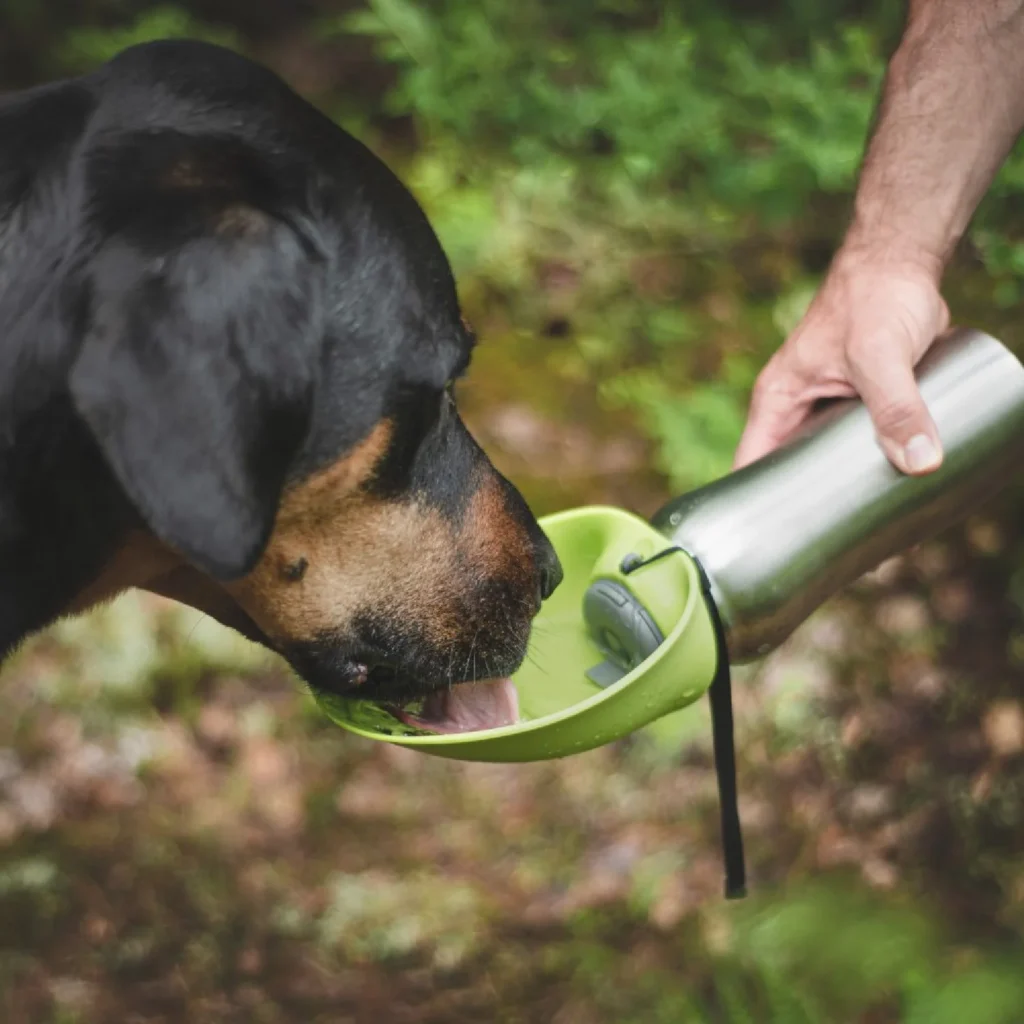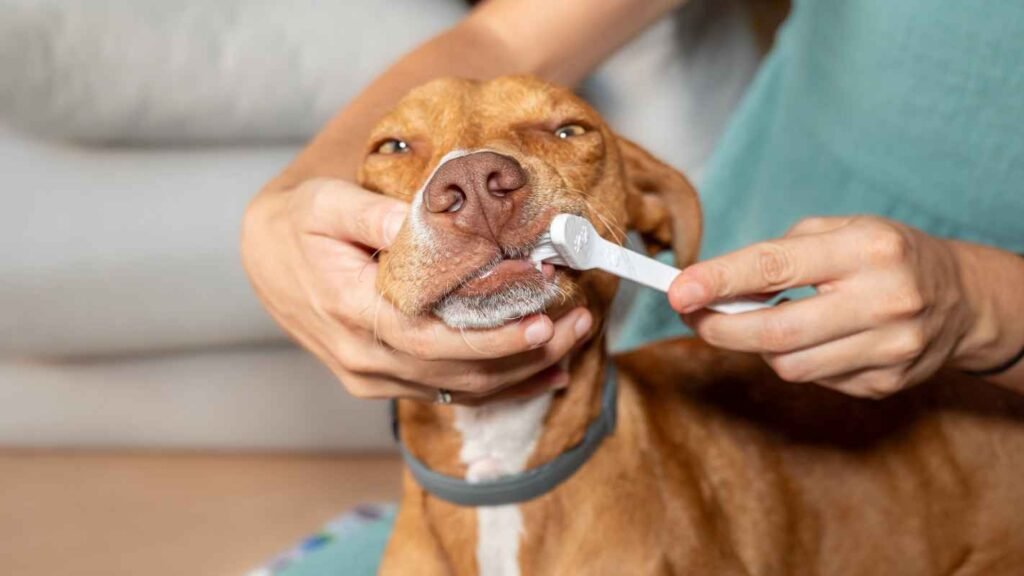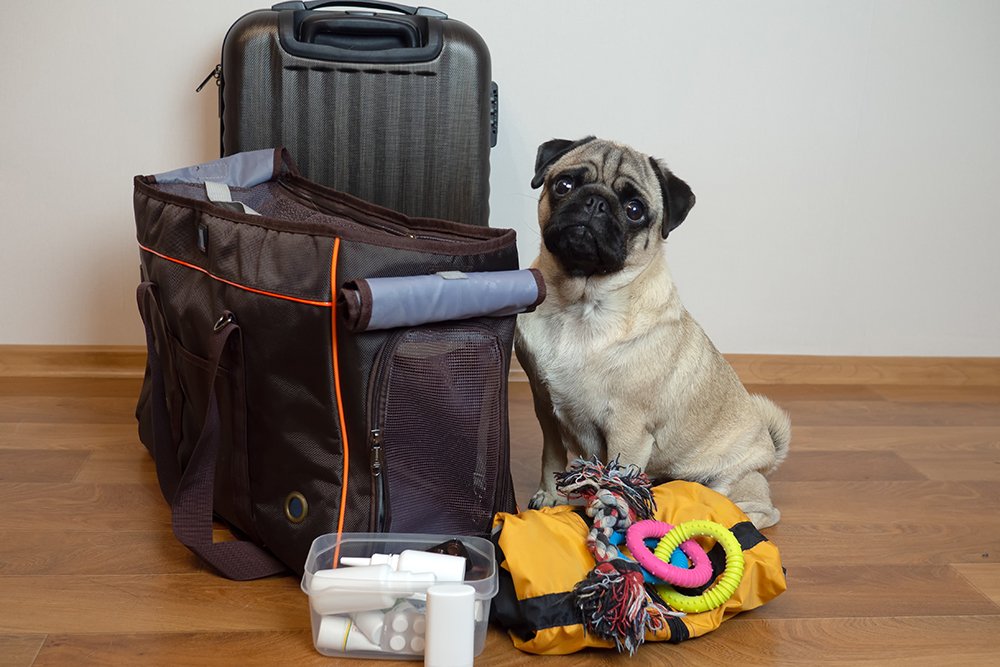Introduction
Caring for pets throughout the year goes beyond daily feedings and playtime—it’s about adapting to seasonal shifts in weather, environment, and health risks. At Barkbliss, we’re dedicated to helping you provide tailored care that ensures your dog or cat thrives in every season. In this comprehensive guide, we cover:
- Seasonal hazards and safety measures
- Nutrition adjustments to support energy levels
- Grooming routines suited to climate changes
- Health monitoring and preventative strategies
- Indoor/Outdoor enrichment ideas
- Travel and holiday safety tips
By the end of this guide, you’ll be equipped with actionable advice to keep your pet healthy, happy, and safe all year long—whatever the weather brings.

1. Spring Pet Care
A. Allergy Awareness
Spring blooms bring pollen—causing itching, sneezing, watery eyes in many pets. Signs include cheek rubbing and paw licking.
Tips:
- Rinse your pet’s paws and coat after walks using pet-safe shampoo.
- Wipe faces gently with damp cloth.
- Consider protective eyewear or paw balm.
- For severe allergies, consult your vet—antihistamines or prescription options may help.
B. Flea & Tick Prevention
Spring marks the start of pest season:
- Begin vet-recommended flea-and-tick treatments in early spring.
- Inspect your pet’s coat weekly; remove ticks promptly using tweezers/grasping tools.
- Keep lawns trimmed and debris cleared.
- Consider acaricide treatments on yard if local infestation is common.
Note: Tick-borne diseases can appear months after the bite—stay protected!
C. Spring Grooming
- Shed-prone pets benefit from weekly brushing.
- Bathe if coat appears oily—avoid frequent baths to preserve natural oils.
- Trim trimmed nails if grass roughens footpads
.

2. Summer Pet Care
A. Heat Management & Hydration
High temps lead to overheating or heatstroke:
- Provide ample shade and fresh water.
- Carry water & bowl during walks.
- Walk during cooler hours (dawn, dusk).
- Never leave pets in parked cars—even “for a minute.”
- Watch for heatstroke signs: excessive panting, drooling, lethargy, staggering. Head to vet if suspected.
B. Paw Protection
Hot asphalt and sand burn paw pads:
- Walk on grass whenever possible.
- Test surface with your hand—if it’s too hot, it’s too hot for your pet.
- Use paw wax or booties on scorching days.
C. Summer Grooming Best Practices
- Trim long fur around moisture-prone areas—but don’t shave double-coated breeds.
- Brush once or twice weekly to remove shedding hair, prevent matting.
D. Water Safety
Fun with water is great, if safe:
- Introduce gradually to pools, lakes, rivers.
- Use for short supervised swims.
- Learn doggy paddle support.
- Flush ears and skin after salt or chlorinated water exposure.
- Never leave dangling near pools without supervision—even with a fence.
E. Vacation & Travel Safety
Summer is travel time—prepare accordingly:
- Use secure pet carriers.
- Pack essentials: food, water, meds, paperwork.
- Secure pets properly in cars; never hang heads out of windows.
- Make pitstops for breaks and exercise during long journeys.
- Never board with unlicensed/home boarding—prioritize licensed boarding or trusted sitters

3. Fall Pet Care
A. Shedding & Coat Transition
As temperatures drop, pets transition to thicker coats:
- Increase brushing frequency to handle shedding.
- Avoid shaving double-coated breeds.
B. Allergy & Mold Concerns
Leaf mould and fungal allergens increase in fall:
- Rinse paws and coat after walks.
- Increase vacuuming and air purification indoors.
- Watch for sneezes, wheezing, itchy skin.
C. Pumpkin Enrichment
Use pet-safe cooked pumpkin (plain, no spices) to settle digestion:
- Add 1 tsp to 1 tbsp daily depending on size.
- Play enrichment: hide treats inside a pumpkin for foraging fun.
D. Chilling Temperatures
Protect small or lean pets with sweaters:
- Limit outdoor time in sudden cold.
- Monitor senior pets for stiffness or arthritic discomfort.

4. Winter Pet Care
A. Cold Weather Safety
Low temps can cause hypothermia or frostbite:
- Limit outdoor exposure in freezing weather.
- Provide warm, insulated bed away from drafts.
- Use pet-safe heating pads or heated pet beds (with safety certification).
- Use booties and coats for walks in deep cold.
B. Ice-Melter & Road Salt Safety
Products contain harmful chemicals:
- Clean paws after walks to remove melt residue.
- Avoid walkways treated with toxic chemicals—or use pet-safe salt and wipes.
C. Maintaining Activity
Shorter daylight—keep pets mentally & physically active:
- Play indoors with tug, fetch, scent boxes.
- Schedule midday walks when light is present.
- Explore pet-friendly indoor spaces like canine gyms or daycares.
D. Hydration & Indoor Air
Indoor heating dries air and reduces thirst:
- Offer water in several bowls.
- Use pet-safe humidifiers.
- Wet food may supplement water intake.
E. Nutritional Adjustments
Less activity but more cold—avoid overfeeding:
- Monitor weight monthly.
- Slight food increase may help tiny or thin pets; retrain if not needed.
- Provide fatty supplements (under vet guidance) for skin/coats.

5. Spring & Fall Safety Crossover
Season boundaries often overlap: ticks return in spring/fall, allergens continue, temperature swings occur. Maintain vigilance year-round:
- Check grooming & prevention schedules every three months.
- Watch indoor/outdoor transitions—clothing recommended in variable weather zones.
6. Year-Round Health Maintenance
A. Routine Veterinary Checkups
Semi-annual to annual examinations assess:
- Vaccines, parasite control, dental health, weight, and more.
- Behavior assessments during transitions (e.g., after move or adoption).
B. Dental Hygiene
Cumulative neglect leads to decay and health impacts:
- Aim for daily brushing; options: finger brush, enzymatic toothpaste.
- Chew toys designed to reduce tartar buildup.
- Annual professional dental cleanings.
C. Joint & Weight Management
Arthritis affects many aging pets; overweight pets are at higher risk year-round:
- Maintain obesity checks – scale/measure monthly.
- Joint supplements can help mobility under vet advice.
- Monitor jumping, stair use, behavioral changes.
D. Parasite Control
Year-round vigilance:
- Ticks, fleas, heartworms can appear out of season in mild climates.
- Use prescribed preventatives consistently.
- Inspect pets after outdoor activities.

7. Seasonal Enrichment and Bonding Activities
A. Spring
- Plant pet-safe gardens (e.g., rosemary, parsley).
- Walk amid wildflowers—but avoid toxic species.
- Simple agility games in the yard.
B. Summer
- Sprinkler play and splash pads.
- Frozen treat recipes (plain yogurt with dog food drizzles).
- Ditch hikes or beach visits with shaded breaks.
C. Fall
- Pumpkin treats and hay maze visits.
- Leaf piles for supervised jumping/games.
- Outdoor cuddle picnics with blankets.
D. Winter
- Training sessions by window with snow sights.
- Indoor scent hunts—hide toys or treats in different rooms.
- Gentle snow exposure with booties and time limits.

8. Holiday and Travel Safety
Christmas & Halloween
- Keep edible treats (chocolate, candy) out of reach.
- Secure decorations and avoid breakable/daily hazards.
- Consider pet-friendly holiday attire since costumes can stress some pets.
Travel
- Use airline-approved carriers.
- Ensure microchip and collars/emergency tags are updated.
- Pack travel kits with food, water, grooming items, meds, vet contact, blankets.
Emergency Planning
- Make emergency kits (food, meds, documents, first-aid, water).
- Know local boarding/boarding shelters if evacuation needed.
9. Monitoring, Documentation & Adjustment
- Keep seasonal care calendars in planners or apps.
- Daily checklists—weather, behavior, coat, paws, appetite.
- Maintain a diary to spot patterns and adjust plans proactively.

Conclusion
Year-round pet care requires informed adjustments based on seasonal shifts. Barkbliss encourages you to view seasonal safety as a chance to deepen your connection with your pet. With conscientious changes in diet, grooming, activity, and safety practices—your dog or cat can enjoy vibrant health and happiness throughout every season. Let this guide be your reference; and remember, consult your vet if any unusual behavior or symptoms appear. Together, let’s make every season full of Barkbliss.

This guide is so helpful! I never realized how much seasonal changes can affect my dog’s mood and health. Thanks for breaking it down by season — bookmarking this for future reference!
thannks